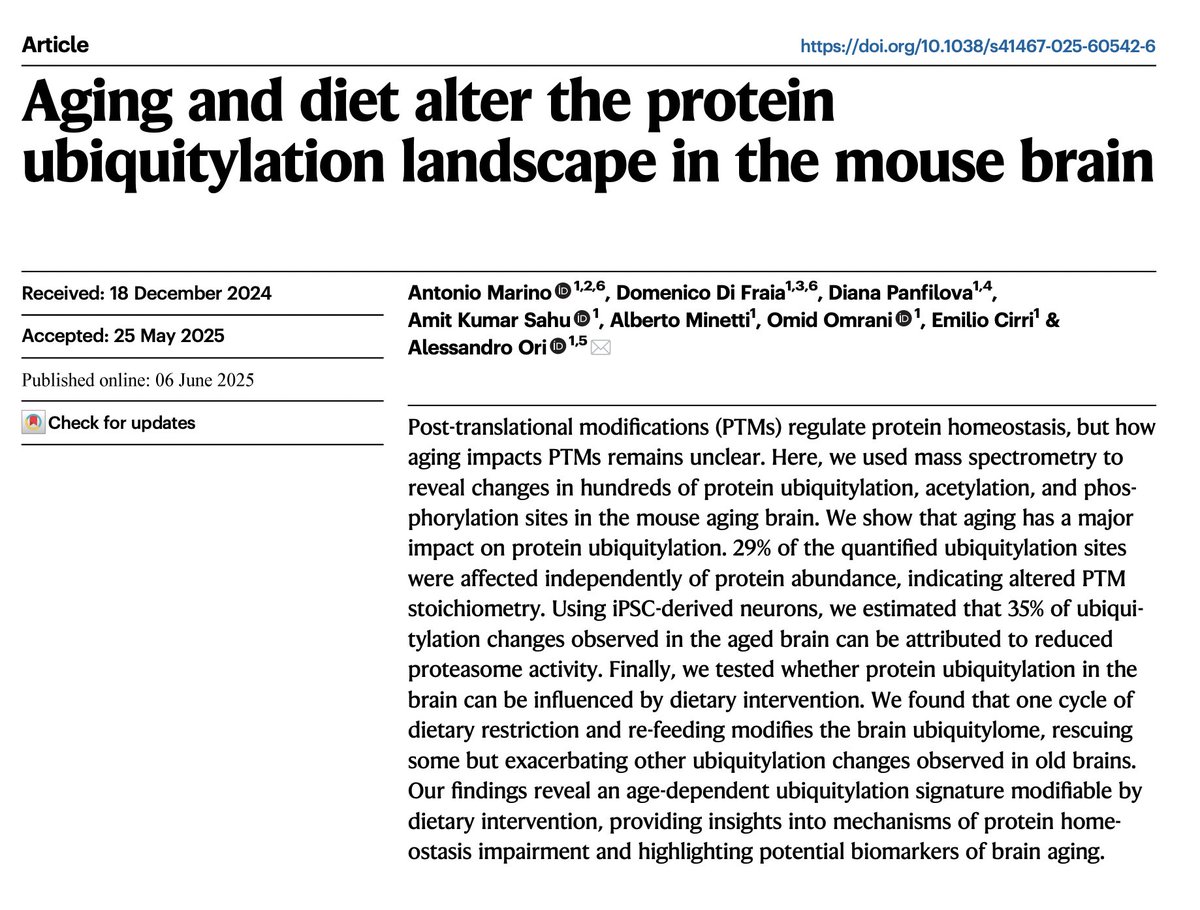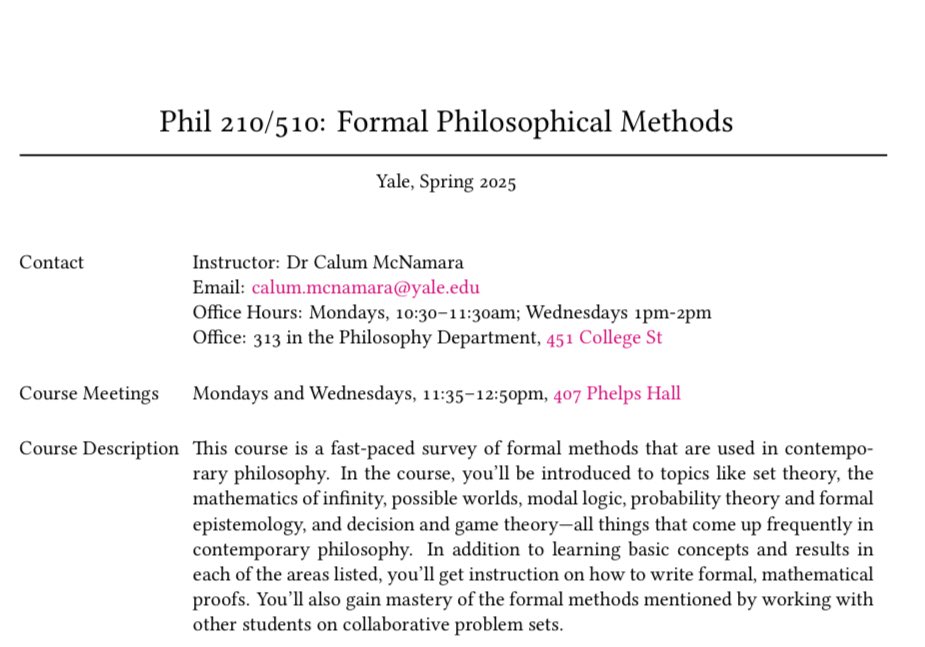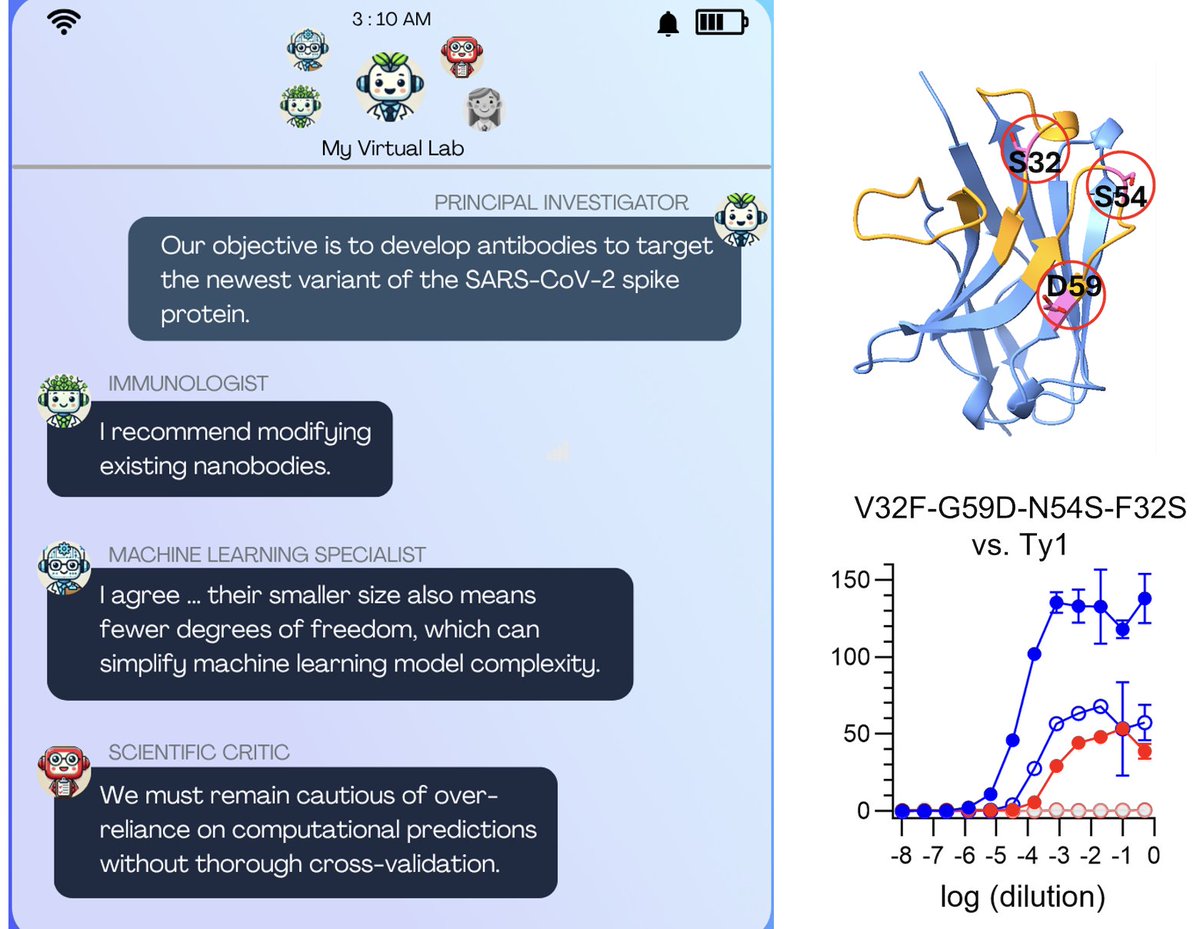
Ning Leow
@whatnowning
Neuroscientist / Post-Doctoral Fellow @ IMCB, A*STAR / Formerly @MITBrainandCog & @uclnpp / recovering revenge bedtime procrastinator
ID: 3233537148
https://www.ningleow.com/ 02-06-2015 14:28:37
6,6K Tweet
1,1K Followers
967 Following

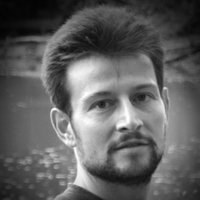

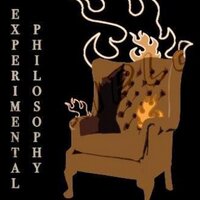


👀A first-of-its-kind study in mice reveals that neurons add and shed synapses at a frenzied pace during development to integrate visual signals from the two eyes. picower.mit.edu/news/connect-o… #neuroscience #vision #research MIT Brain and Cognitive Sciences MIT Science

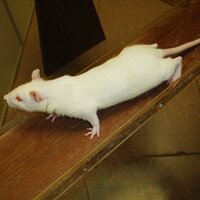

Every investor is asking: "How is this defensible?" Vedika Jain created a rubric to stress test a startups AGI-proof moat.

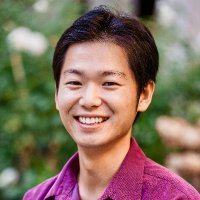
I'm thrilled to share our new study out in Nature Medicine! We show that a blood test can estimate how aged or youthful one’s organs are and that these organ ages predict future disease and lifespan. Final paper from my PhD in the Tony Wyss-Coray lab. 🧵1/12 🔗 nature.com/articles/s4159…




🧠 New research finding: Astrocytes ensure neural information processing by maintaining ambient levels of the neurotransmitter chemical GABA picower.mit.edu/news/study-fin… #neuroscience #brain MIT Brain and Cognitive Sciences MIT Science

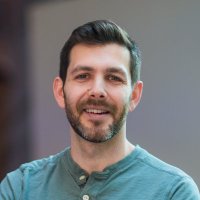
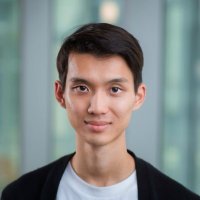
Can synapses in the brain switch their signs between excitatory and inhibitory during learning🚦? Can they act more like weights in artificial neural networks, able to switch signs based on experience 🔃? Excited to share my thesis work in Bernardo Sabatini lab! 🧵 ⬇️ (1/13)


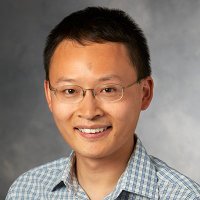
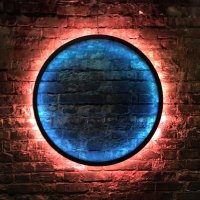
Our new pre-print is out in bioRxiv, with Gonçalo Lopes, Jai Bhagat, Anaya Pouget, Lorenza Calcaterra, Dr. Chang Huan Lo, Zimo Li, Joaquin Rapela, Svenja Nierwetberg, Orsolya Fölsz, Jasmine Reggiani, Steve Lenzi NeuroGEARS,DataJoint and many others: aeon.swc.ucl.ac.uk/about/people.h…

